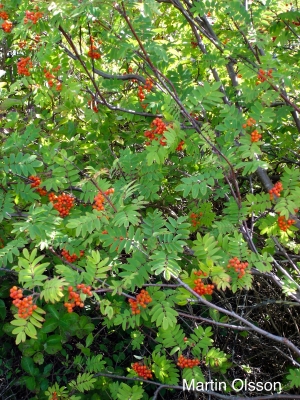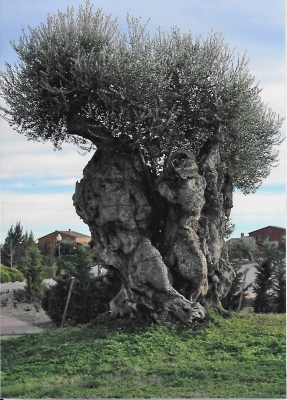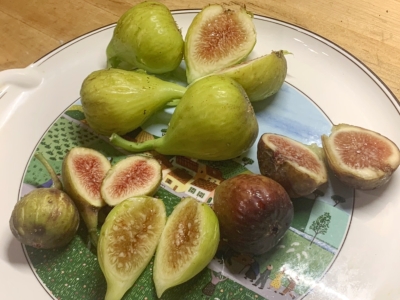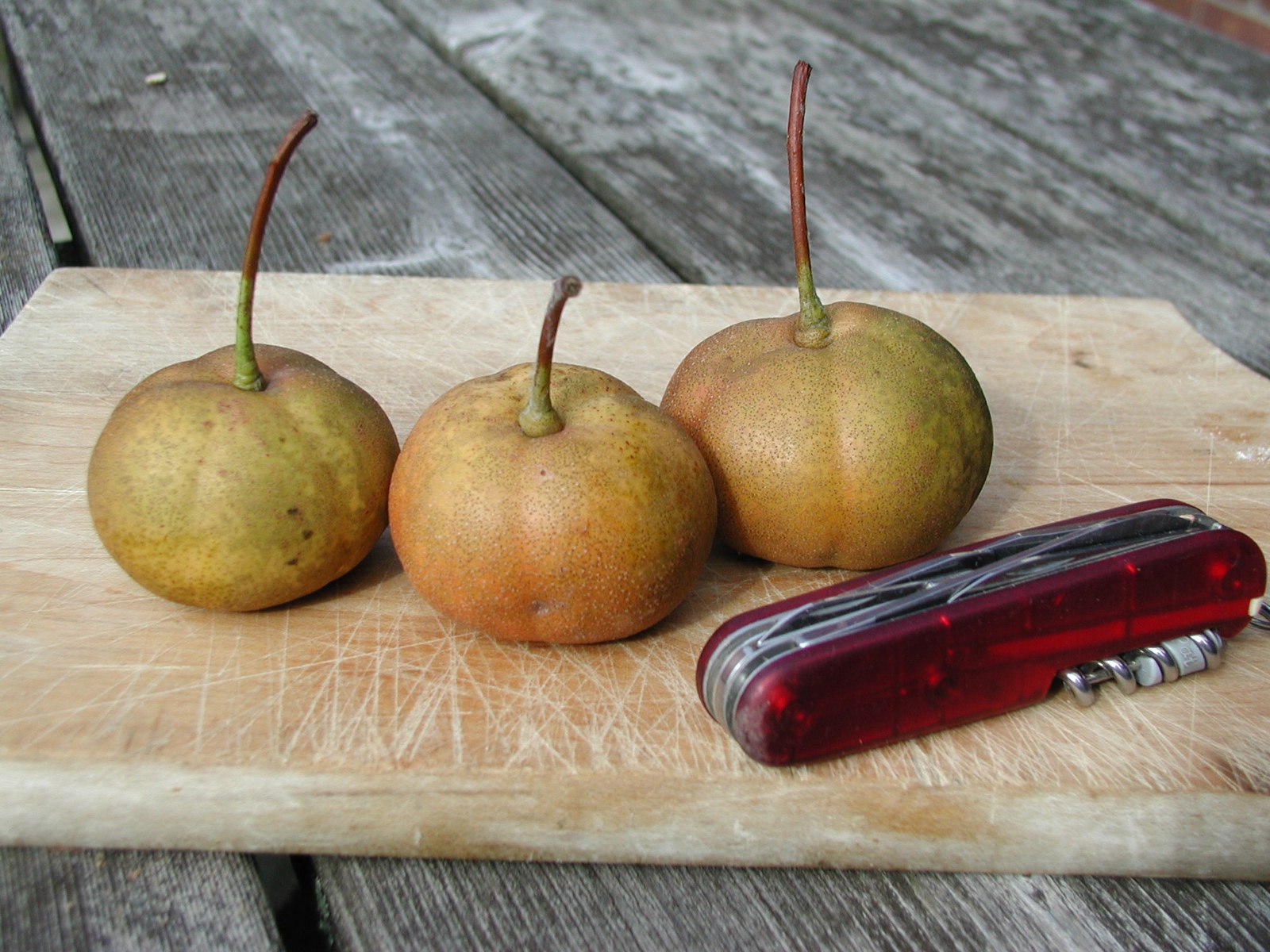SORBUS’ WORTHY OF ATTENTION
/2 Comments/in Flowers, Fruit/by Lee ReichGood for More then Youth Artillery
As children, my friends and I were well acquainted with mountain ash trees. European Mountain Ash (Sorbus aucuparia) was ubiquitous to suburban home lots in the Northeast in the 1950’s, and the trees were readily recognized by their ferny leaves and clusters of flashy berries that also served as artillery.

European mountainash
Since that time, mountain ashes have fallen out of favor — and rightly so in many cases. Like our native white birch, European Mountain Ash is native to cool, moist habitats. When planted in sun-drenched backyards where summers are hot, sometimes droughty, they fall prey to borers and other ills. Those berries aren’t actually berries, but pome fruits like apples, to which mountain ashes are closely related and with which they share many of the same ills.
No reason to ignore the whole Sorbus genus, though Read more
O OLIVE TREE, O OLIVE TREE, HOW LOVELY ARE . . .
/6 Comments/in Fruit/by Lee ReichConsider the Olive
I’m not suggesting that olive trees should elbow out spruces, firs, and other conifers that are our traditional Christmas trees. Still, an olive tree symbolizes peace and is a tree you actually would find growing in Jerusalem, so is an appropriate accompaniment to the holiday season.

Old olive tree in Spain
Even if you’ll never see strings of light bulbs corralling cut olive trees together on bare lots of land the way they do cut Christmas trees, you could Read more
INTERMENT, BUT NOT DEATH
/14 Comments/in Fruit/by Lee Reich(The following is from my book GROWING FIGS IN COLD CLIMATES)
The Warm Earth
I buried two fig plants a few days ago. No, not because they died. The reason was night temperatures occasionally dipping into the low ‘teens (13°F, to be exact, on December 4th), which is just about the limit for fig stem survival. If the stems die from cold, there’ll be no fig harvest from them them next summer.

Last summer’s figs
So what’s the connection with cold and burying the plants? The ground is a repository of heat; dig a few feet down Read more




